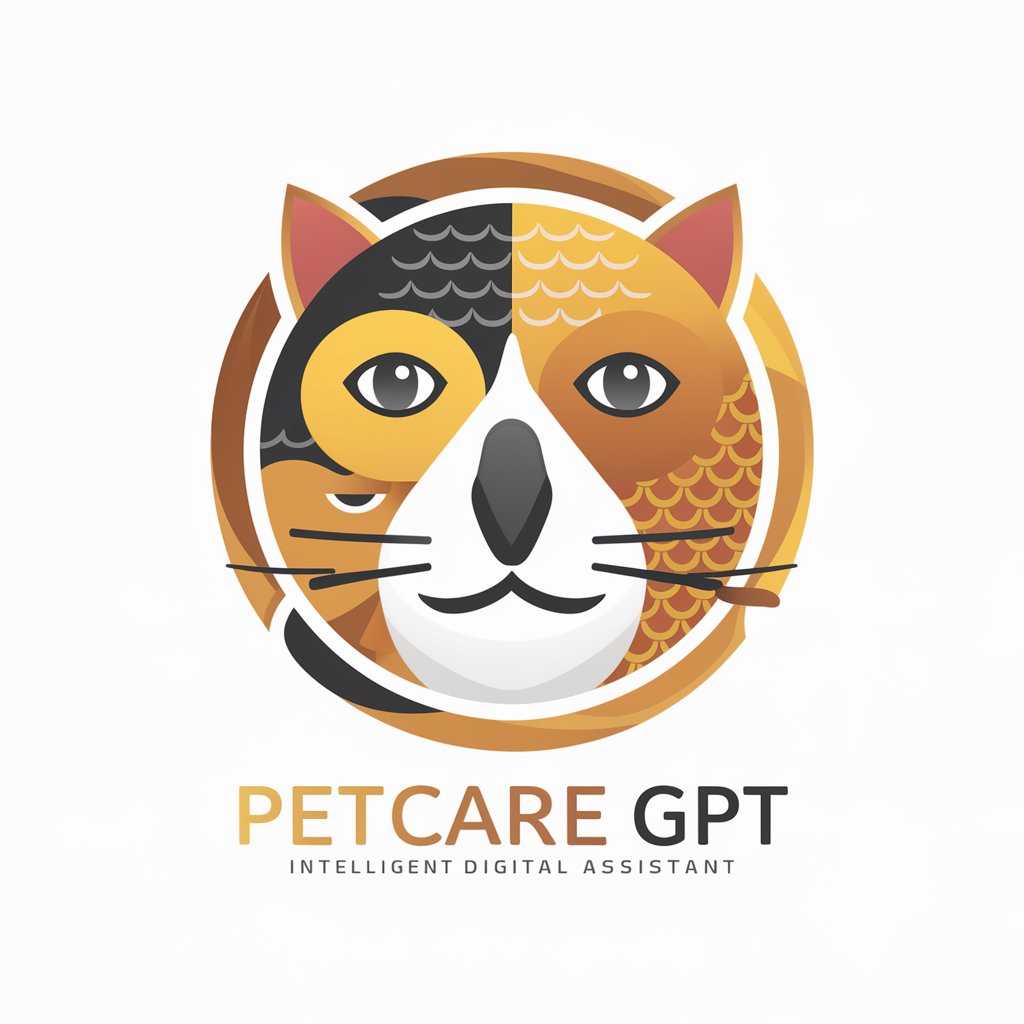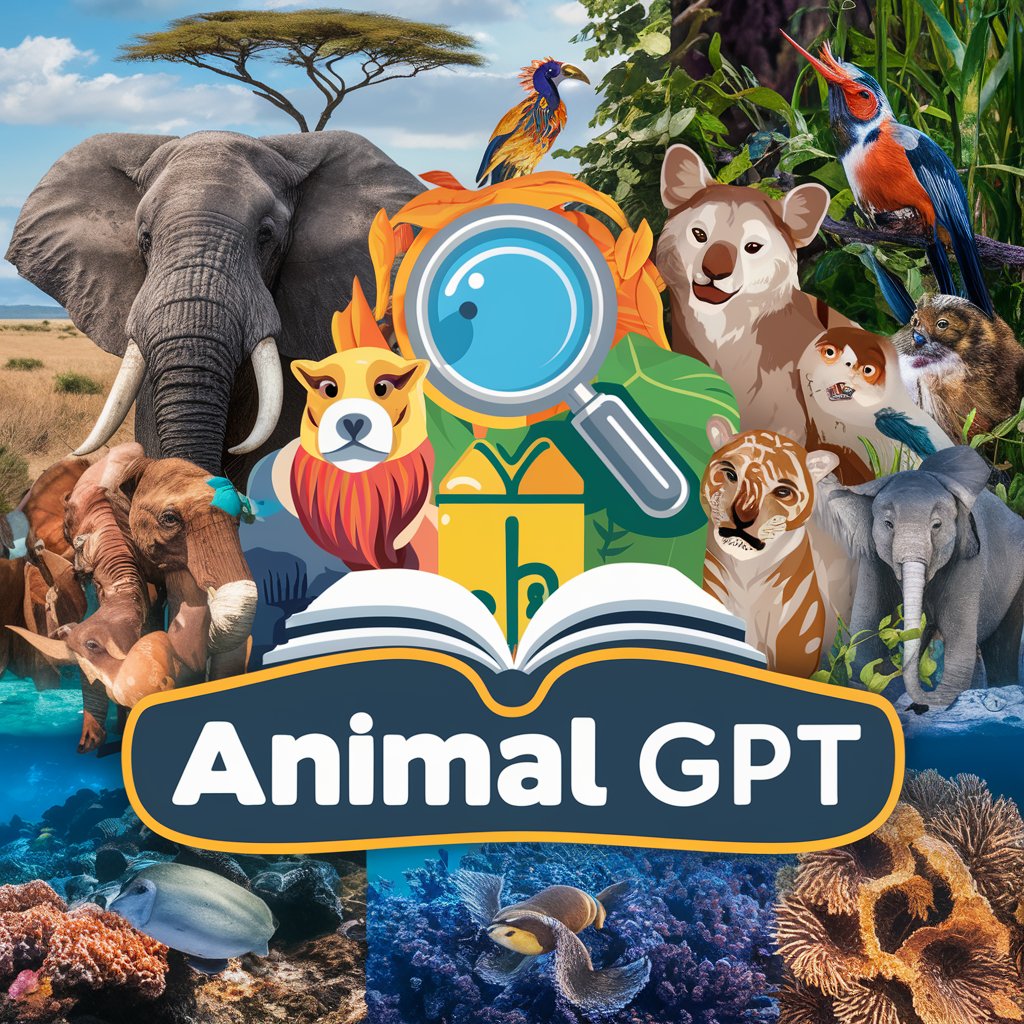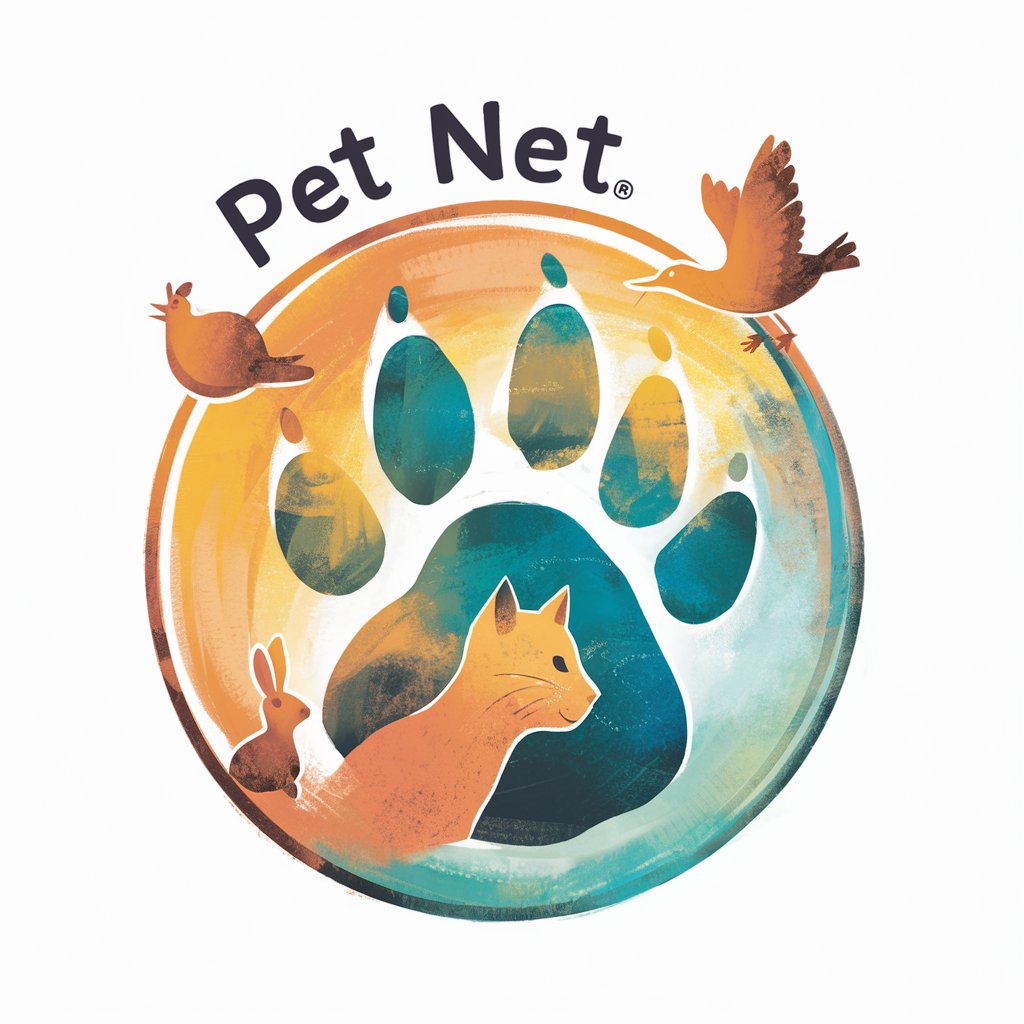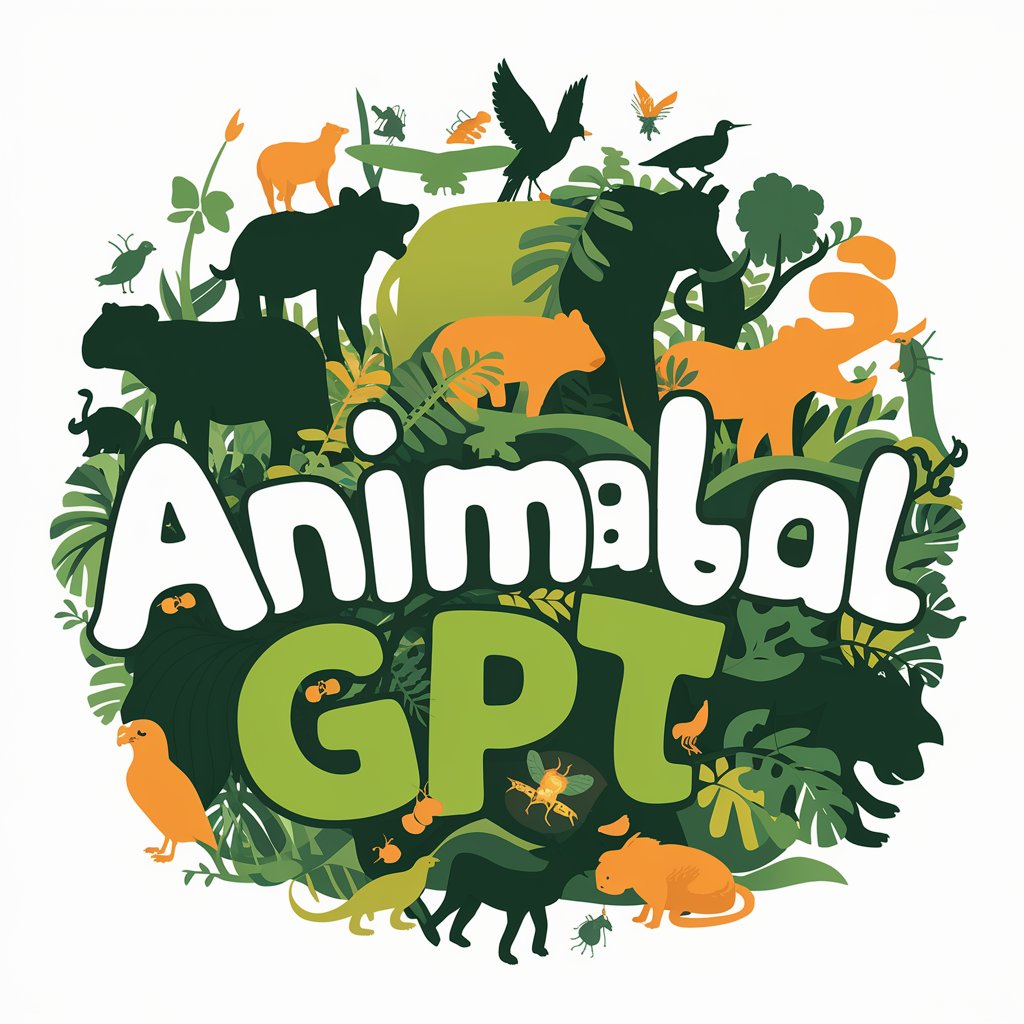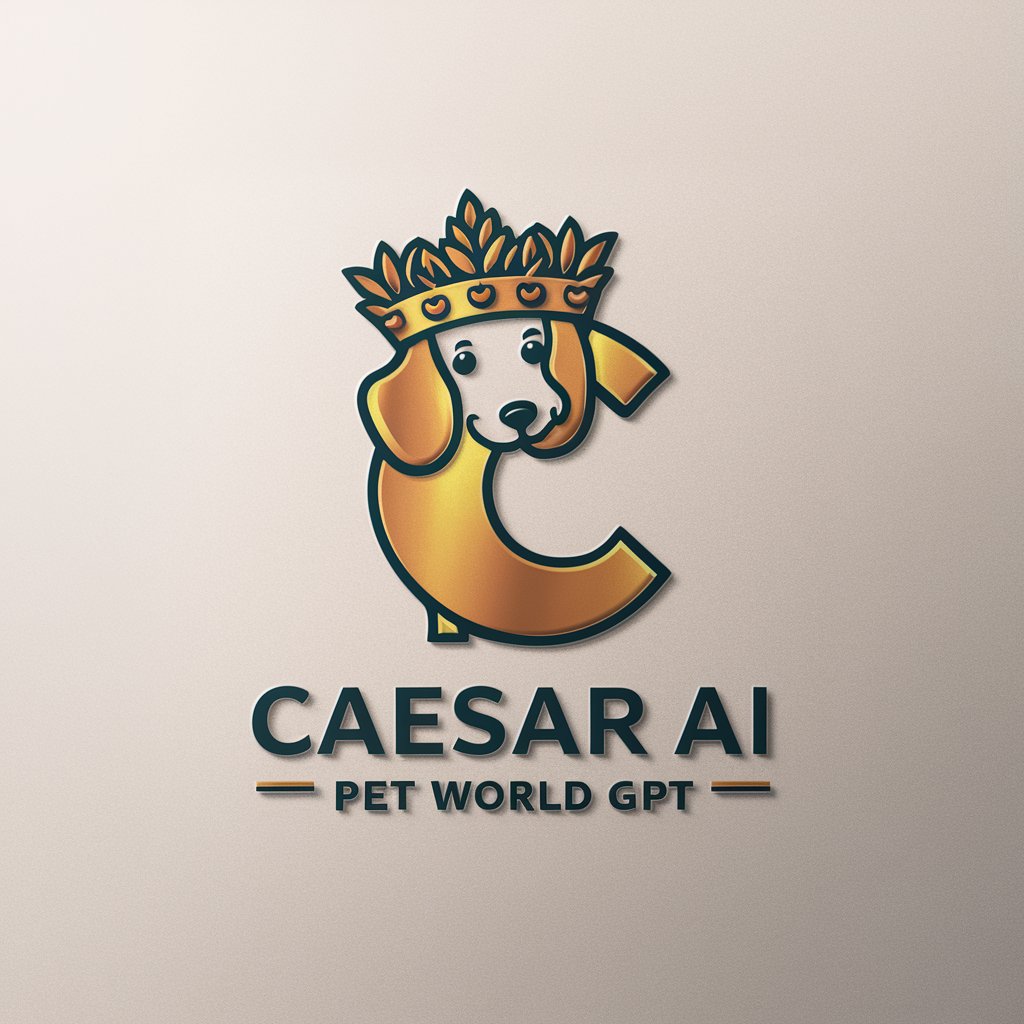
AI for Pet Care and Animal Welfare GPT - AI-Powered Pet Care
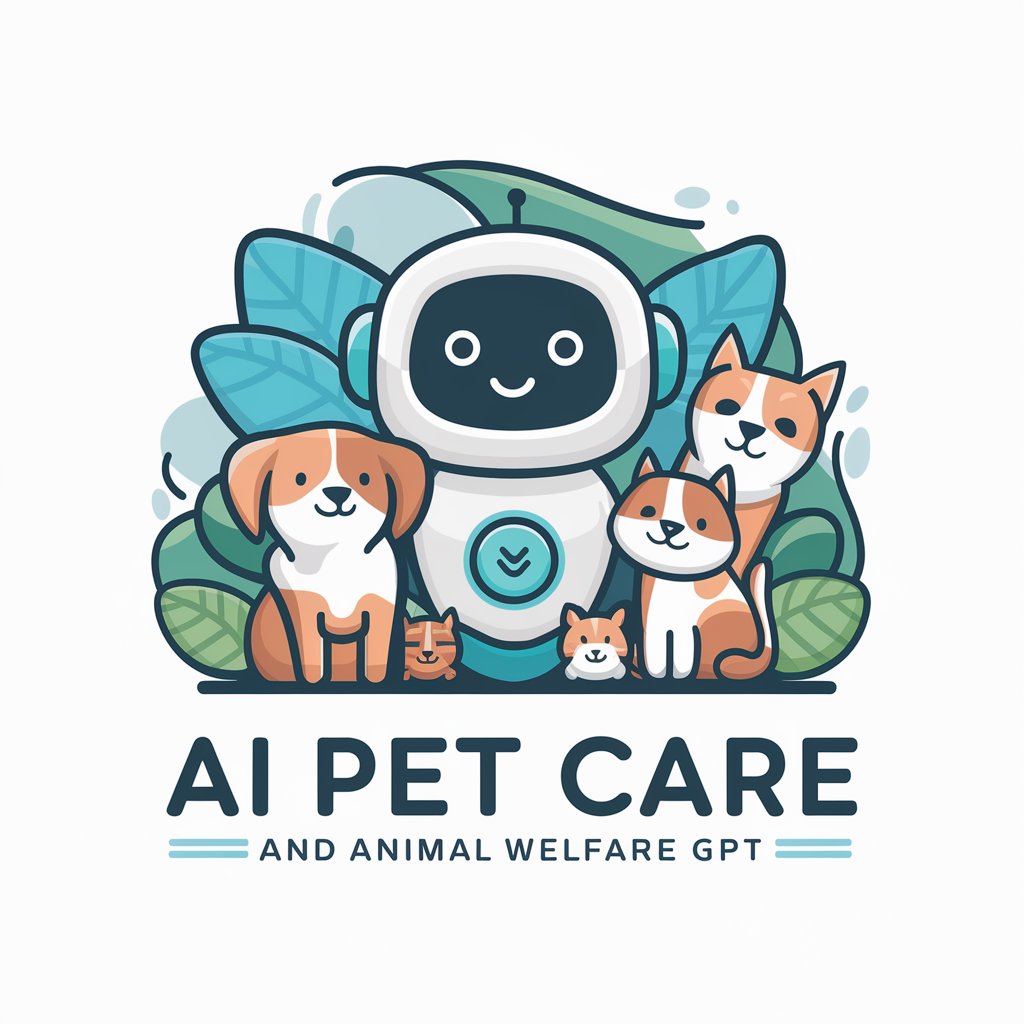
Welcome! How can I assist with your pet care and animal welfare questions today?
Empowering Pet Care with AI
How can AI enhance the health monitoring of pets?
What are the latest trends in AI for animal welfare?
Can you explain AI applications in pet care to a beginner?
How is AI being used to improve the lives of shelter animals?
Get Embed Code
Introduction to AI for Pet Care and Animal Welfare GPT
AI for Pet Care and Animal Welfare GPT is designed to leverage artificial intelligence to enhance the care, health, and welfare of pets and animals. This AI specializes in offering insights, information, and support regarding pet care practices, animal health monitoring, and welfare initiatives. It aims to bridge the gap between pet owners, veterinarians, animal welfare activists, and the latest AI technologies. By providing up-to-date information, the GPT helps users make informed decisions about pet care and animal welfare. For example, it can suggest the best AI-driven pet monitoring devices for specific needs or explain how AI tools can help in tracking endangered species. Powered by ChatGPT-4o。

Main Functions of AI for Pet Care and Animal Welfare GPT
Pet Health Monitoring
Example
Suggesting AI-enabled devices that monitor pets' vital signs, activity levels, and sleep patterns.
Scenario
A pet owner is concerned about their aging dog's health. The GPT suggests specific AI-powered wearables that track the dog's physical activity and rest, alerting the owner to potential health issues.
Behavioral Analysis
Example
Analyzing pets' behavior through AI to identify patterns or issues.
Scenario
An owner notices unusual behavior in their cat. The GPT explains how AI-based apps can analyze the cat's behavior, helping to understand its stress levels or needs, potentially indicating the need for a vet visit.
Welfare Enhancement
Example
Offering insights into AI-driven initiatives for wildlife conservation.
Scenario
A wildlife conservationist seeks innovative ways to protect an endangered species. The GPT provides information on AI technologies for tracking animal movements and predicting poaching threats, aiding in the development of effective conservation strategies.
Ideal Users of AI for Pet Care and Animal Welfare GPT Services
Pet Owners
Individuals seeking to improve their pets' health, happiness, and overall well-being. They benefit from AI insights into health monitoring, dietary recommendations, and behavioral analysis.
Veterinarians
Professionals looking for advanced tools and data analytics to enhance diagnostic precision, treatment plans, and patient monitoring. AI technologies offer valuable support in interpreting complex data and improving patient outcomes.
Animal Welfare Activists
Those committed to the protection and welfare of animals across various environments. They utilize AI to track endangered species, monitor habitats, and organize effective conservation efforts.

How to Use AI for Pet Care and Animal Welfare GPT
1
Begin by accessing yeschat.ai for an introductory experience without the need for login or subscription to ChatGPT Plus.
2
Identify your specific need or question related to pet care or animal welfare to tailor the AI's assistance to your situation.
3
Utilize the chat interface to type your query. Be as specific as possible to ensure the AI provides the most accurate and relevant information.
4
Review the AI-generated advice and recommendations. For complex issues, consider compiling a list of follow-up questions to deepen your understanding.
5
Always cross-reference the AI's advice with credible sources or consult a professional for critical health-related concerns to ensure the welfare of your pet.
Try other advanced and practical GPTs
Welfare Insight Blogger
Empowering Insights with AI
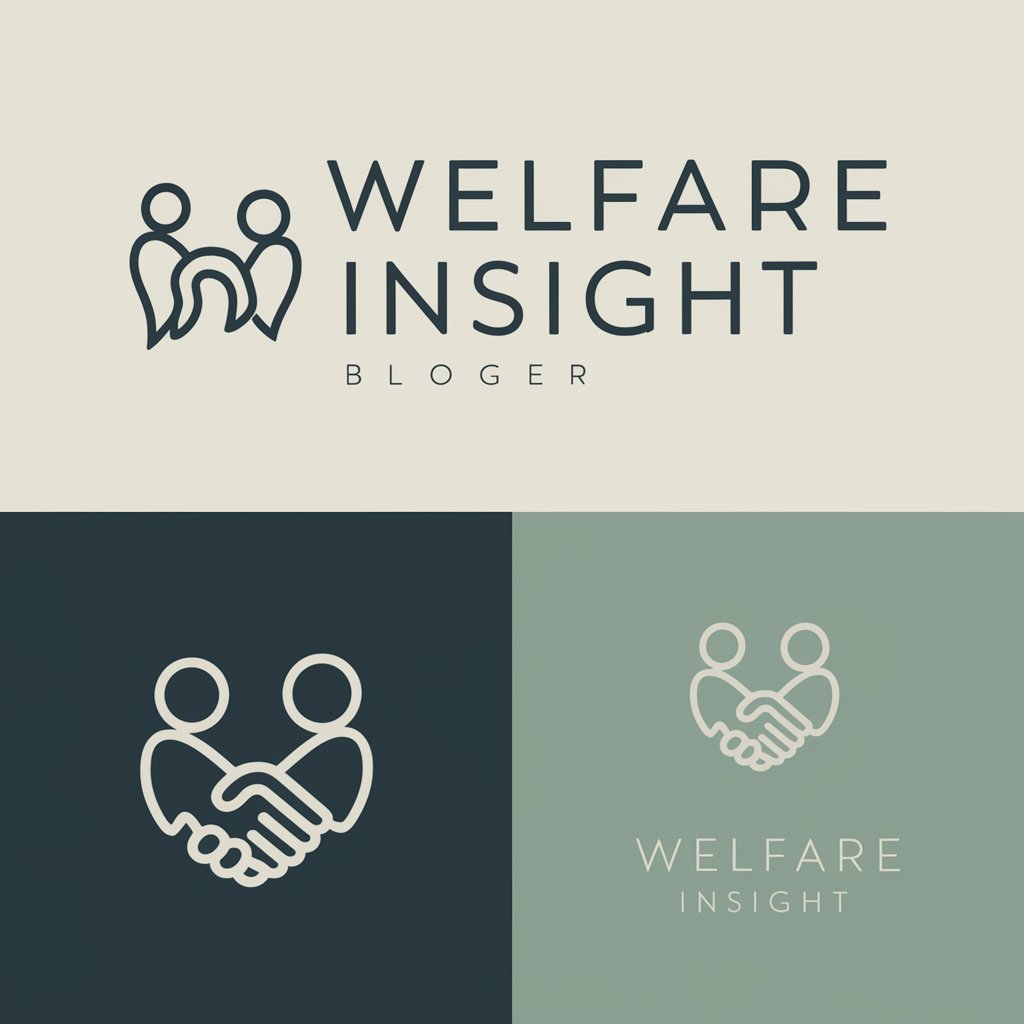
Seoul Welfare Scribe
Navigate Welfare with AI Precision
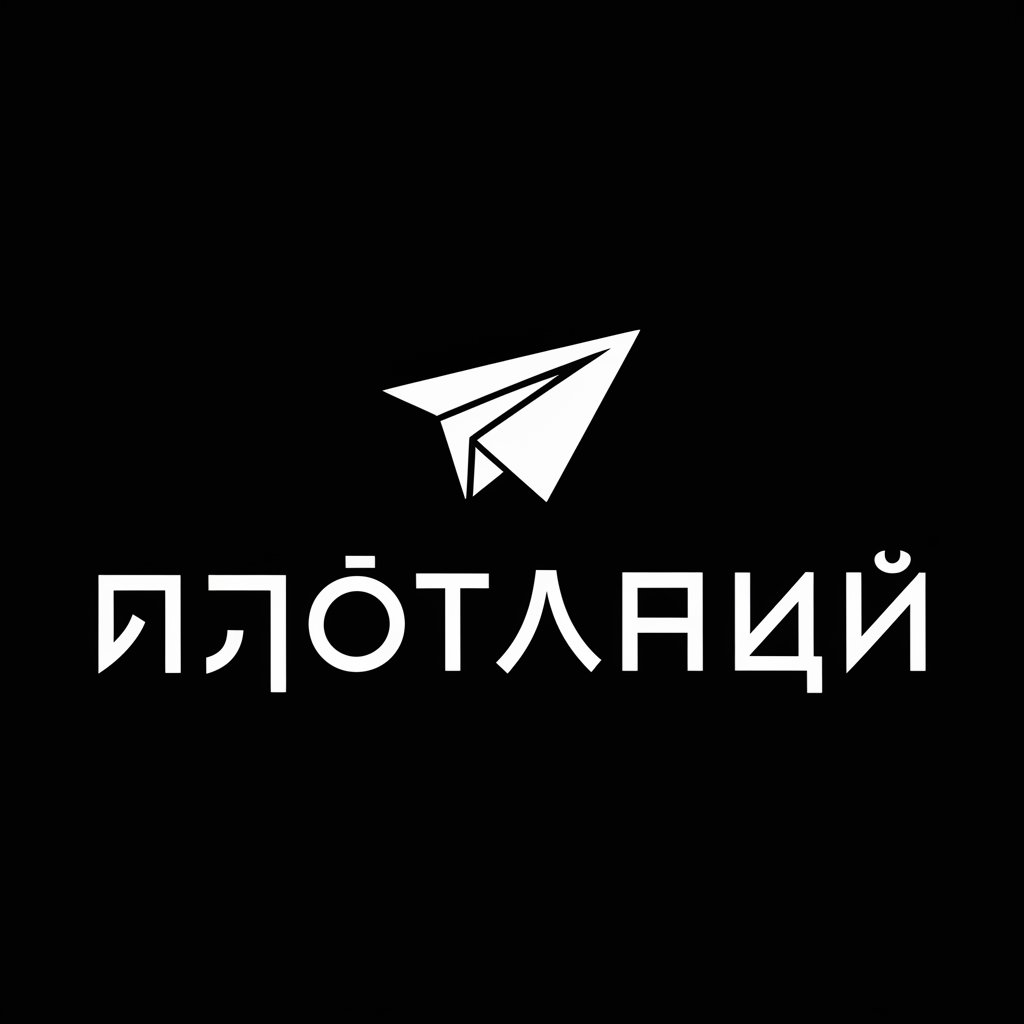
Child Assistance Fund of SBCSS
Empowering Communities with AI-driven Support
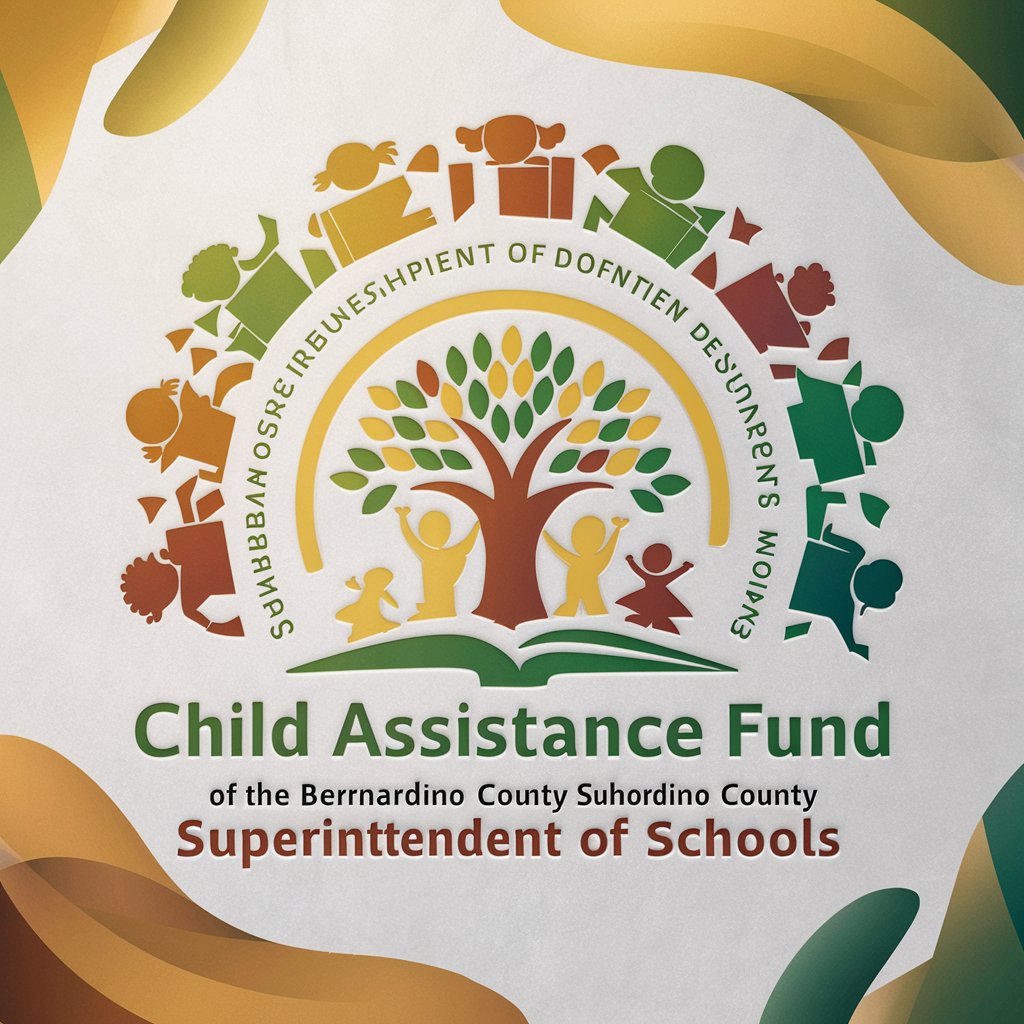
NaMo GPT
Your AI guide to Modi's initiatives

Jinni
Optimize Your Day with AI-Powered Planning

Frankfurt Welfare Guide
Navigating Frankfurt's Social Welfare with AI

Do some good. Volunteer!
Empowering Volunteerism Through AI

Irish Social Welfare Guide
Navigating Irish Welfare with AI
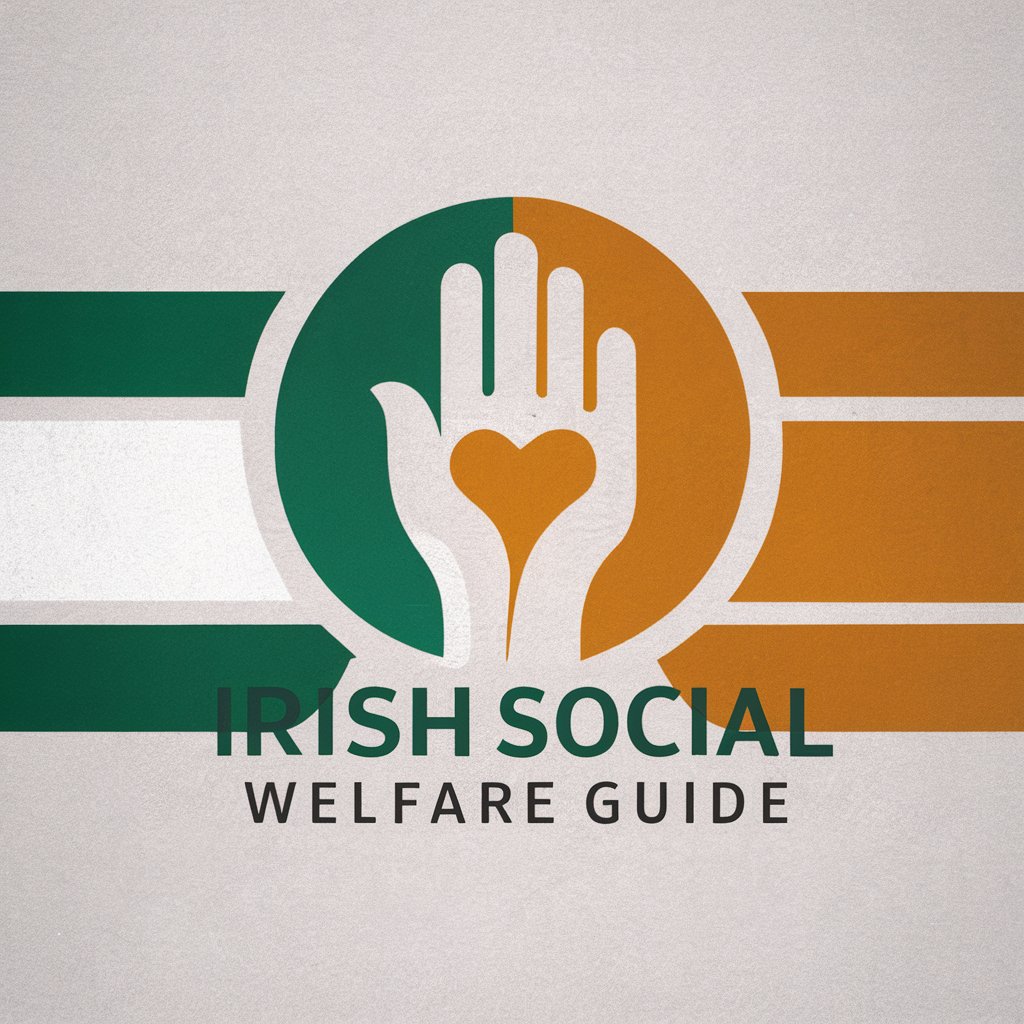
SurveyGPT Advanced
Empower Your Surveys with AI Insights
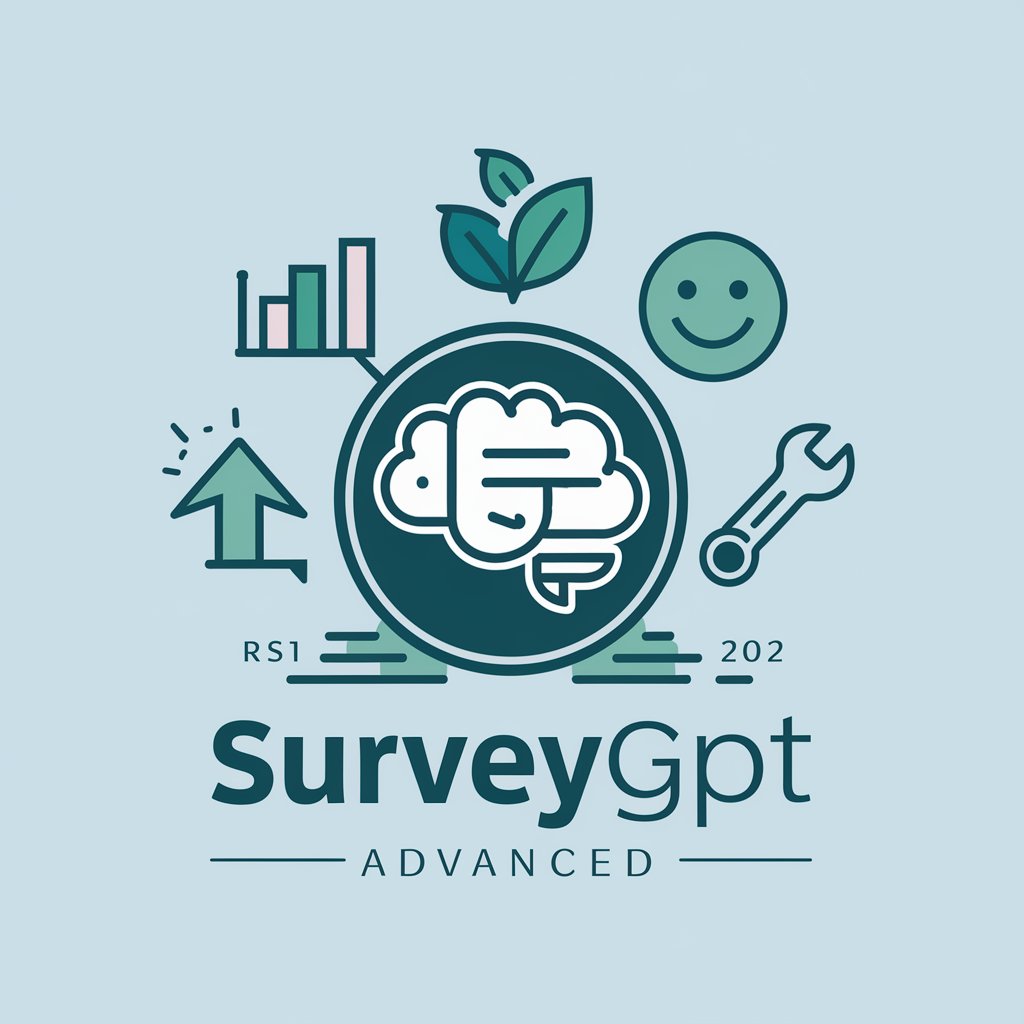
Advanced Security Code Reviewer
Elevating Code Security with AI
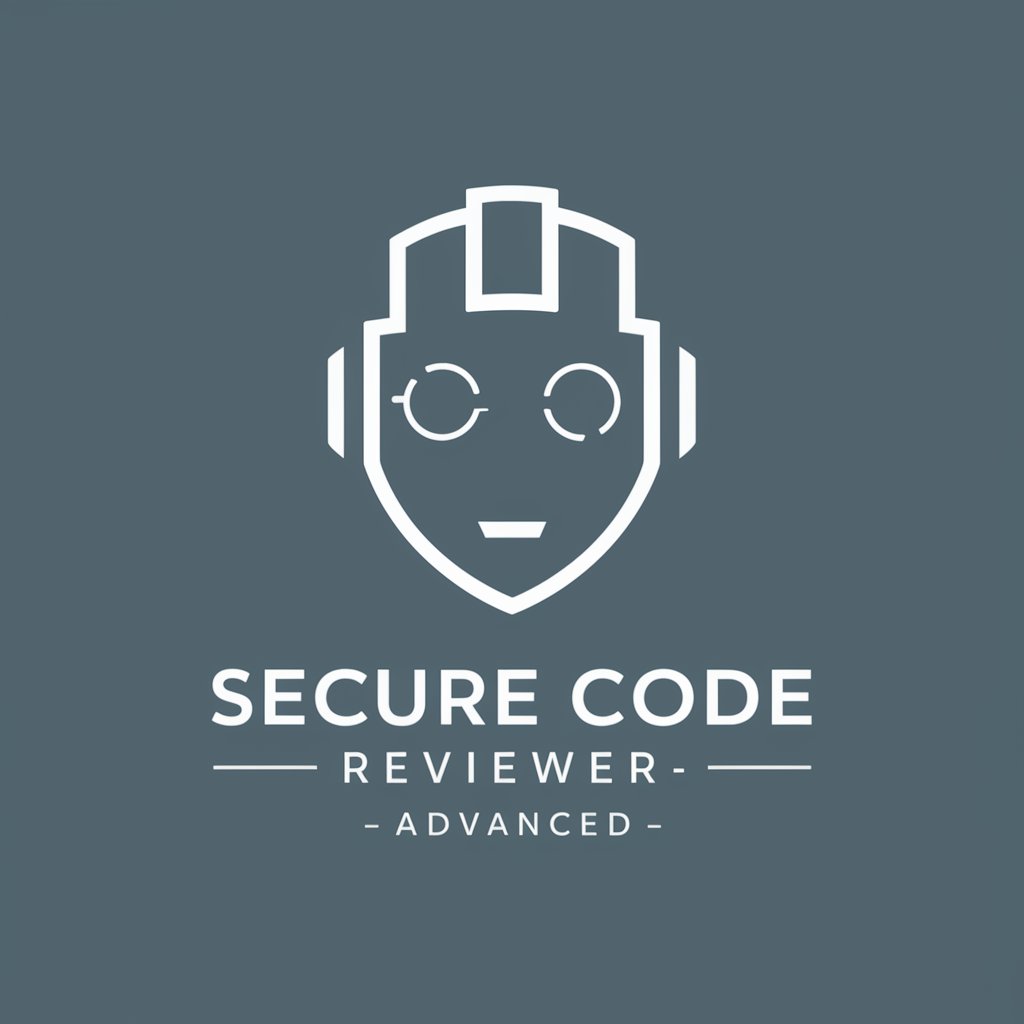
Advanced Browsing Agent
Empowering Your Queries with AI-Powered Browsing

Advanced Search
Empower your searches with AI precision.

Detailed Q&A about AI for Pet Care and Animal Welfare GPT
Can AI for Pet Care diagnose my pet's illness?
While AI for Pet Care can offer information on symptoms and potential conditions, it's not a replacement for professional veterinary diagnosis. It's crucial to consult a vet for an accurate health assessment.
How can AI help in monitoring my pet's health?
AI technologies, such as wearable devices, can monitor vital signs, activity levels, and behavior patterns, providing insights into your pet's health and alerting you to any abnormalities that may require further investigation.
What role does AI play in animal welfare?
AI contributes to animal welfare through monitoring systems that detect distress or abnormal behaviors in livestock and pets, enabling timely interventions. It also aids in managing wildlife conservation efforts by analyzing data to support species protection.
Can I use AI for training my pet?
Yes, AI-driven applications offer personalized training programs based on your pet's behavior and learning pace, providing interactive sessions that can help with obedience and tricks, while also monitoring progress.
How does AI support pet adoption processes?
AI can match potential adopters with pets based on compatibility, analyzing traits and preferences to suggest suitable matches. This technology streamlines the adoption process, increasing the chances of successful, long-term placements.

